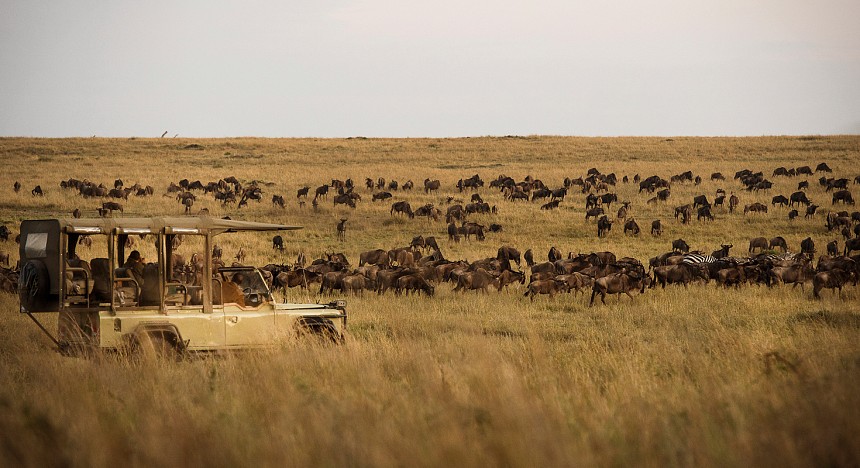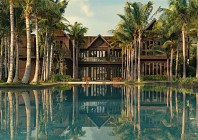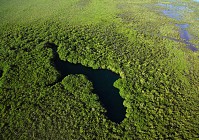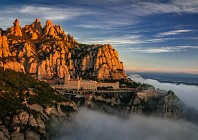Twice a year, the Mara River becomes the scene of the greatest wildlife movement on earth, as millions of wildebeest, zebra and other mammals cross the waterway in search of better grazing. Moving from the northern Serengeti in Tanzania to the Maasai Mara in Kenya, this Great Migration is a perpetual journey of life and death and one of the most thrilling natural spectacles for intrepid travellers.

Less than a kilometre from the southern bank of the Mara, Asilia Africa’s Sayari Camp has reopened just in time for the start of the northward crossing, following a complete rebuild from the ground up. Overseen by Cape Town-based designer and long-term Asilia collaborator Caline Williams-Wynn, the camp’s new look was inspired by the colourful culture of the northern Serengeti’s indigenous Kuria people, who are depicted throughout in original prints by South African fine art photographer Graham Springer. Traditional Kuria instruments are on display in the main building, where a music station gives guests the chance to listen to songs recorded in the villages around the Serengeti.

Fifteen spacious tents pay tribute to nearby Turner Hill in their design, with flat tops rising above canvas roofs and spacious outdoor decks that wrap around the tents, affording front row seats from which to observe the wildlife that moves freely through the camp.

A conservation and community-focused safari brand with 19 properties in Kenya, Tanzania and Zanzibar, Asilia Africa has been carbon neutral since 2009 and continues to come up with new ways to reduce its carbon footprint. Perhaps the most innovative to date is the installation at Sayari of a solar-powered micro-brewery, which produces four homemade brews as well as purified sparkling water on site, reducing the need to import cans and plastic bottles to the camp. Prices start from US $815 per person per night.











